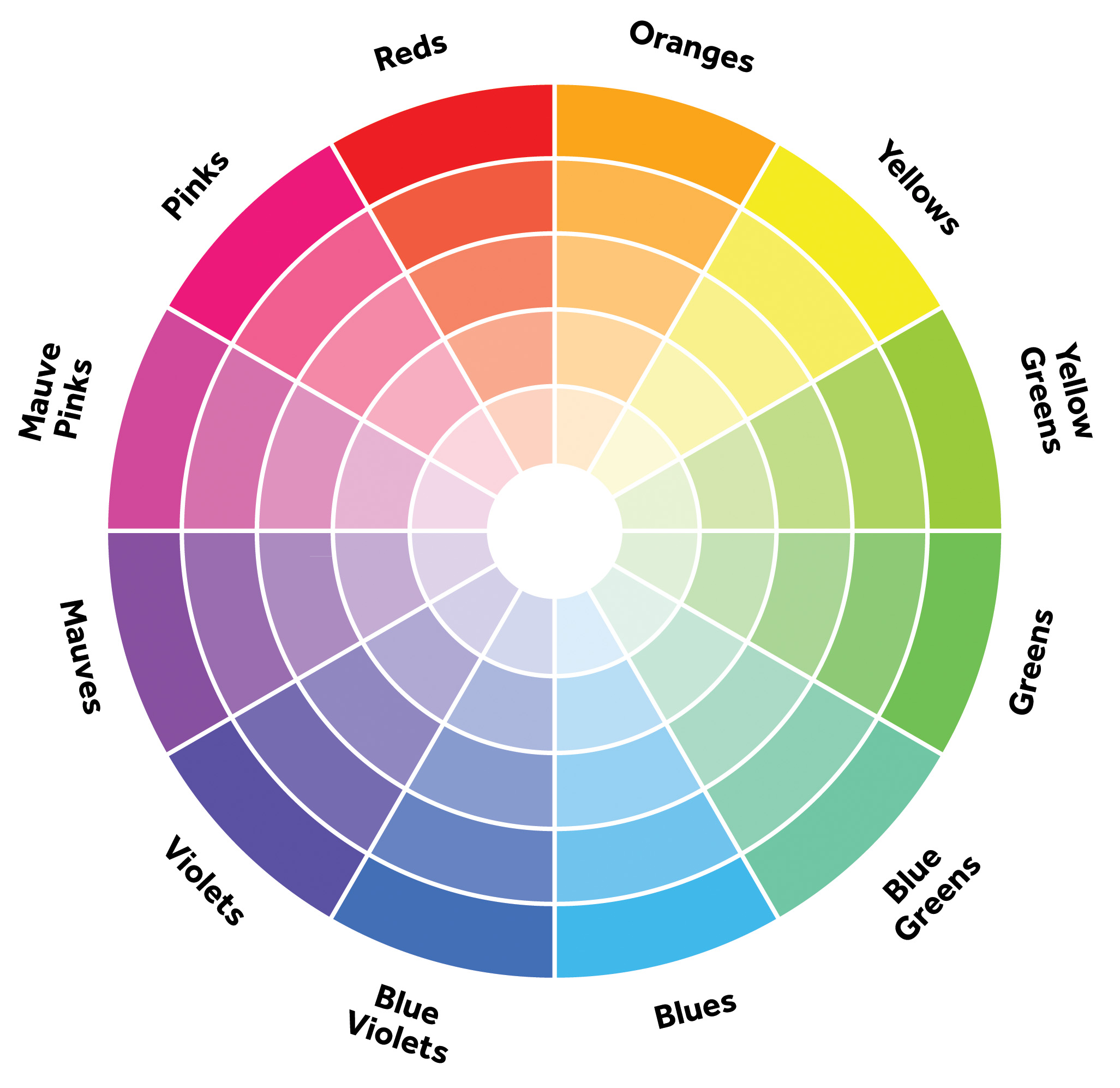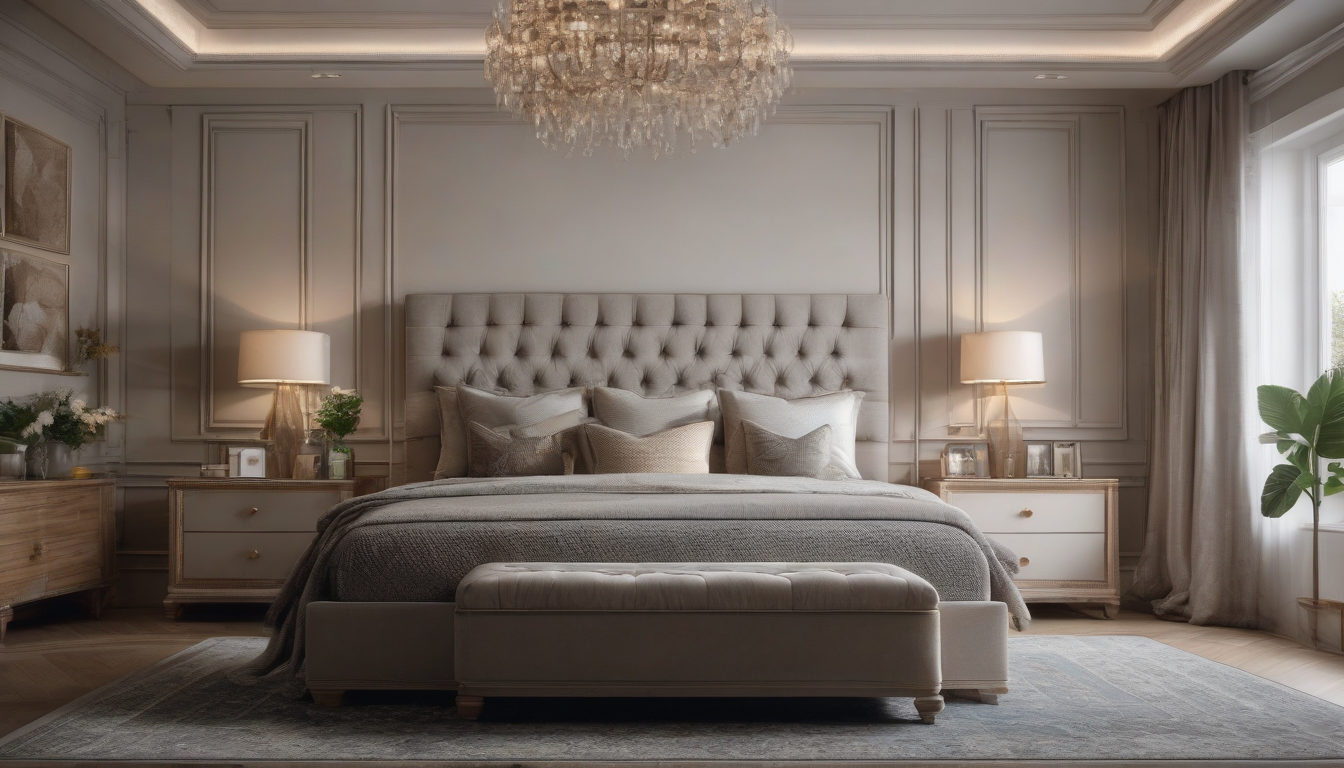
Welcome to the vibrant world of design, where colors are more than just aesthetics. They're powerful tools that can shape motions influence user behavior. In this guide, we'll take a colorful journey into the psychology of color, exploring how different hues can create compelling and effective designs that resonate with users.
Picture this: You stumble upon a website, and instantly, its color scheme evokes a certain mood. Maybe it's soothing and calm, or perhaps it's energetic and attention-grabbing. That's the magic of color in design. It's not just about making things look pretty, it's about crafting experiences that resonate with people on a deeper level.
Basics of Color Theory
Before we dive into the emotional rollercoaster of colors, let's start with the basics. Imagine a wheel filled with every shade imaginable – that's the color wheel. It's where we meet primary colors (the building blocks), secondary colors (the results of playful mixing), and tertiary colors (the fabulous hybrids). But it's not just about mixing; colors also have temperatures.
Warm colors like red and yellow bring the heat with energy and passion, while cool colors like blue and green bring a chill vibe of calm and trust. And when it comes to combining colors, think of it as a dance of contrast and harmony. Complementary colors create excitement, analogous colors bring a gentle flow, and triadic schemes keep things balanced yet lively.

Emotions and Meanings Associated with Colors
Now, let's explore the emotional landscapes painted by each color:
- Red: This color's all about fiery energy, intense passion, and that extra push of urgency. It's like a cup of espresso for your design.
- Blue: Here's your serene oasis of calmness, trustworthiness, and professionalism. It's the color that whispers, "Relax, I've got this."
- Yellow: Imagine a burst of sunshine – that's yellow for you. It radiates happiness, optimism, and it's an expert at grabbing attention.
- Green: Step into nature's embrace. Green symbolizes growth, balance, and a connection to the great outdoors.
- Purple: Ready to dive into the world of mystery and creativity? Purple's your guide to all things luxurious and thought-provoking.
- Orange: Think of orange as the enthusiastic friend who adds warmth and vitality to any setting. It's an instant mood-lifter.
- Black: Unveil the cloak of elegance and power with black. It's the canvas for sophistication and depth in design.
- White: Simplicity speaks volumes, and that's white's specialty. It's pure, clear, and gives your design breathing space.
Color in User Behavior and Decision-Making
Colors are more than meets the eye – they're like silent persuaders that nudge users in certain directions. They can spotlight elements, create focal points, and even guide users to take specific actions. Imagine a red "Buy Now" button that just begs to be clicked. And when it comes to capturing attention, colors have that uncanny ability to make certain things pop, while others gracefully recede into the background.
Color in Different Design Contexts
In the world of design, colors play different roles based on their context:
Web Design

Colors define brand identities and serve as beacons of navigation. They're the secret sauce behind those irresistible call-to-action buttons.
Graphic Design

Want to convey emotions and messages at a glance? Colors are your partners in storytelling, whether it's a logo or a captivating marketing material.
Interior Design

Ever wondered why certain spaces feel cozy while others are invigorating? That's the psychology of color at play, setting the mood and ambiance.
Color Accessibility
Design isn't just about aesthetics; it's about inclusivity too. Consider color blindness and visual impairments – you'd be surprised at how many people are impacted. Designing with inclusive color palettes ensures everyone gets to experience the magic you're creating. Luckily, there are tools and resources to help you test color contrast and ensure your designs are accessible to all.
Choosing the Right Color Palette
Design isn't random; it's a deliberate choice of colors that align with the project's goals and target audience. Colors should reflect a brand's personality and message. It's like selecting the right ingredients for a delicious dish – they need to complement each other and create a harmonious experience.
Color Mistakes to Avoid
While colors can be enchanting, tread carefully to avoid design disasters:
- Too many colors can create chaos rather than beauty.
- Clashing color combinations can cause visual discomfort, like a fashion faux pas for your design.
- Ignoring the psychological impact of colors might lead to a design that misses the mark in evoking the intended emotions.
Conclusion
Colors are the threads that weave emotions into designs. They have the power to captivate, communicate, and resonate with users on a profound level. Remember that understanding the psychology of color isn't just a skill – it's a superpower that lets you craft experiences that people will remember and cherish.
So, go ahead, experiment fearlessly, and let the world of colors paint your designs with emotion and magic. Happy designing!
Frequently Asked Questions (FAQs)
What is the psychology of color in design?
The psychology of color in design explores how different colors can evoke emotions, influence user behavior, and create meaningful design experiences.
Why is color important in design?
Color is crucial in design because it can shape emotions, communicate messages, guide user actions, and define brand identities. It adds depth and resonance to visual elements.
What role does color play in different design contexts?
In various design contexts, colors serve different purposes. In web design, they define brand identity and navigation. In graphic design, colors convey emotions and messages. In interior design, colors set the mood and ambiance of a space.
